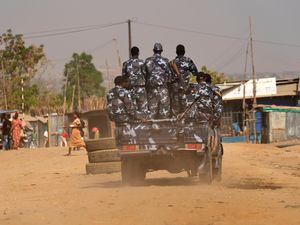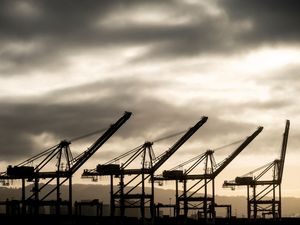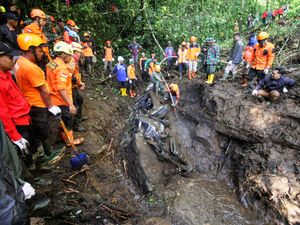Traffic piles up at European borders as worldwide coronavirus count tops 200,000
European Union leaders are trying to make sure food, medical supplies and other essential goods keep flowing.
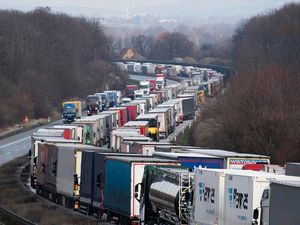
Desperate travellers in cars and trucks are choking European borders, creating huge traffic jams as they try to get home before borders shut, or to deliver critical supplies to help nations cope with the quickly spreading coronavirus.
It came as Johns Hopkins University said the total number of confirmed cases worldwide has passed 200,000.
The Johns Hopkins Centre for Systems Science and Engineering’s online tally showed 201,436 cases, with 8,006 deaths, and 82,032 patients listed as recovered.
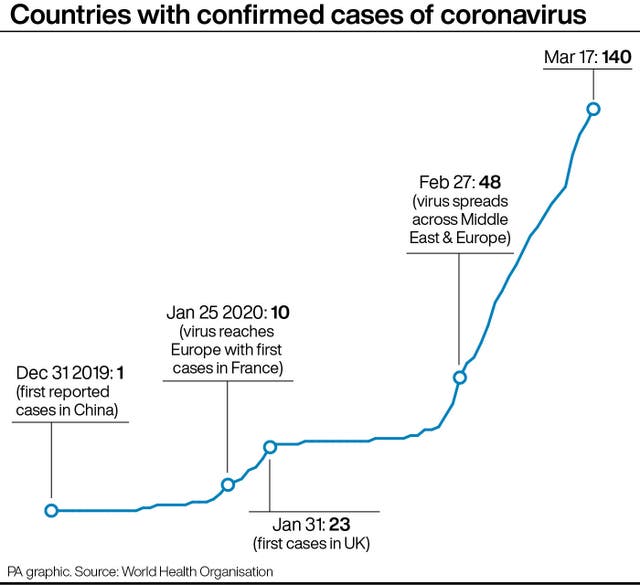
Hungary overnight opened its borders in phases, seeking to alleviate some of the pressure from eastern Europeans trying to return home. Bulgarian citizens were first allowed to cross the immigrant-phobic country in carefully controlled convoys, then Romanians had a turn.
But by early Wednesday on the Austrian side of the border, trucks were backed up for 17 miles and cars for nearly nine miles as rules allowing only Hungarians or transport trucks through the border kicked back in.
The traffic jam on the Czech-Polish border – at the northern Nachod-Kudowa-Slone crossing – was more than 30 miles long on Wednesday, up from 25 miles on Tuesday.
European Union leaders have been working on how to make sure food, medical supplies and other essential goods keep flowing but so far borders have been clogged.
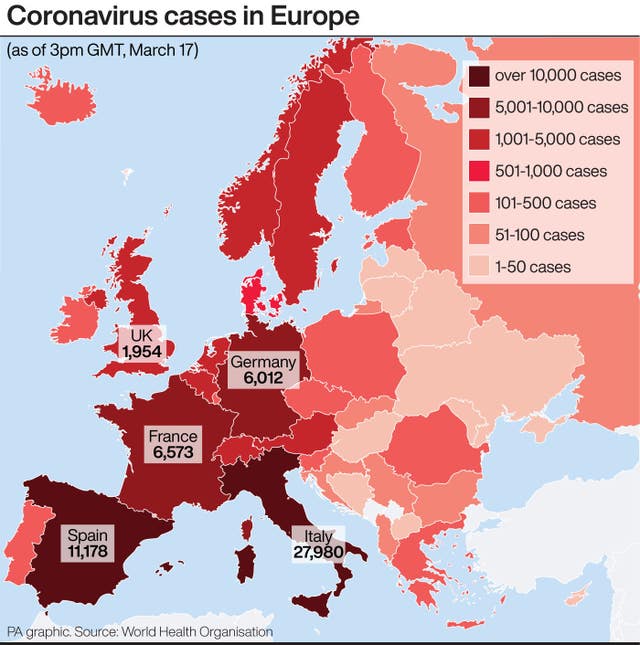
They are also trying to figure out ways to allow seasonal agricultural workers, needed to keep the production of food going, to travel back and forth across essentially closed borders.
The UN’s International Labour Organisation estimates that fallout from the outbreak could cause nearly 25 million job losses and drain up to 3.4 trillion dollars of income by the end of this year.
The Geneva-based agency said “an internationally co-ordinated policy response” could help mitigate losses through worker protections, fiscal stimulus and support for jobs and wages
Unesco said about half of the world’s student population is now out of school because of the pandemic.
The latest school closures cover 102 countries with smaller, localised shutdowns in others for a total of 850 million students, from pre-schools to universities. A week ago, school shutdowns covered just 15 countries, the United Nations agency said.
Nations around the world are facing the same issues, and President Donald Trump announced the US and Canada had agreed to close their border to non-essential traffic, but assured that trade would not be affected.
In south-east Asia, the causeway between Malaysia and the financial hub of Singapore was eerily quiet after Malaysia shut its borders, while the Philippines backed down on an order giving foreigners 72 hours to leave from a large part of its main island.

President Donald Trump’s administration is considering a plan to immediately return to Mexico all people who cross America’s southern border illegally, according to two sources.
The coronavirus is now present in every US state after West Virginia reported an infection.
Increasingly worried about the economic fallout of the global shutdown, the US, the UK and the Netherlands announced rescue packages totalling hundreds of billions of pounds, while longtime International Monetary Fund critic Venezuela asked the institution for a 4.2 billion dollar loan.
Major Asian stock markets fell back on Wednesday following early gains after Wall Street jumped on Mr Trump’s promise of aid.
In Brussels, European Commission president Ursula von der Leyen said there had been “a unanimous and united approach” to the decision to prohibit most foreigners from entering the EU for 30 days.
German Chancellor Angela Merkel said European leaders agreed in a conference call to the commission’s proposal for an entry ban to the bloc — along with Norway, Switzerland, Iceland and the UK — with “very, very limited exceptions”.
But so far, EU efforts to smooth the transition have failed.
On Wednesday, thousands of trucks remained backed up in Lithuania on roads into Poland, after Warsaw ordered strict measures that include testing every driver for Covid-19 symptoms. The line of trucks was 37 miles long on Tuesday night.
Elsewhere, droves of Malaysians endured hours-long traffic jams as they sought to get into Singapore before the border closure. More than 300,000 people commute daily to Singapore to work and many have chosen to stay there during the lockdown.
Malaysia’s restricted movement order came after a sharp spike in coronavirus cases to 673, making it the worst-affected country in south-east Asia.
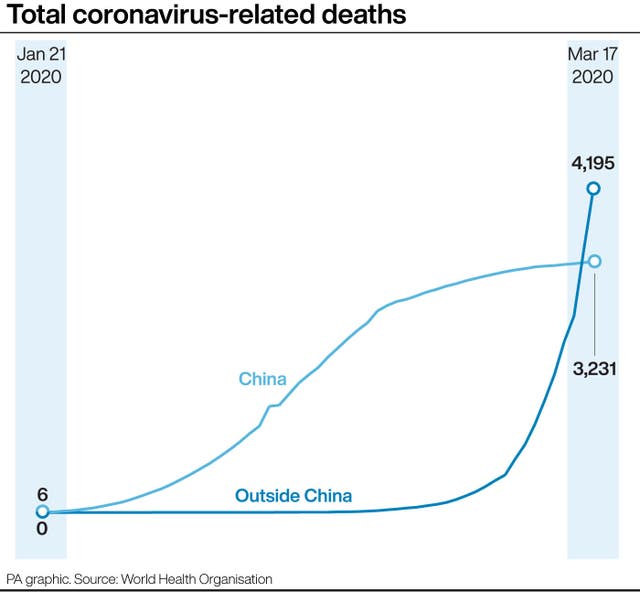
The self-governing island of Taiwan said on Wednesday that it too would ban foreigners from entry and Taiwanese would have to self-quarantine at home for 14 days.
In Thailand, Bangkok’s notorious red light districts were due to go dark after a government order closing bars, schools, cinemas and many other venues.
On Wednesday, Italy reported a new record number of infections, adding more than 4,200 new cases for a total of 35,713 infections, while another 475 deaths took the figure to 2,978.
The country is gaining on China, which has seen 3,241 deaths but has a declining infection rate.
Spain, the fourth-most infected country, saw cases soar by 2,538 on Wednesday, bringing the total to 13,716, with 588 deaths, 67 more than on Tuesday.
Some bright spots emerged. Wuhan, the central Chinese city where the virus was first detected late last year and which has been under lockdown for weeks, reported just one new case for a second straight day.



